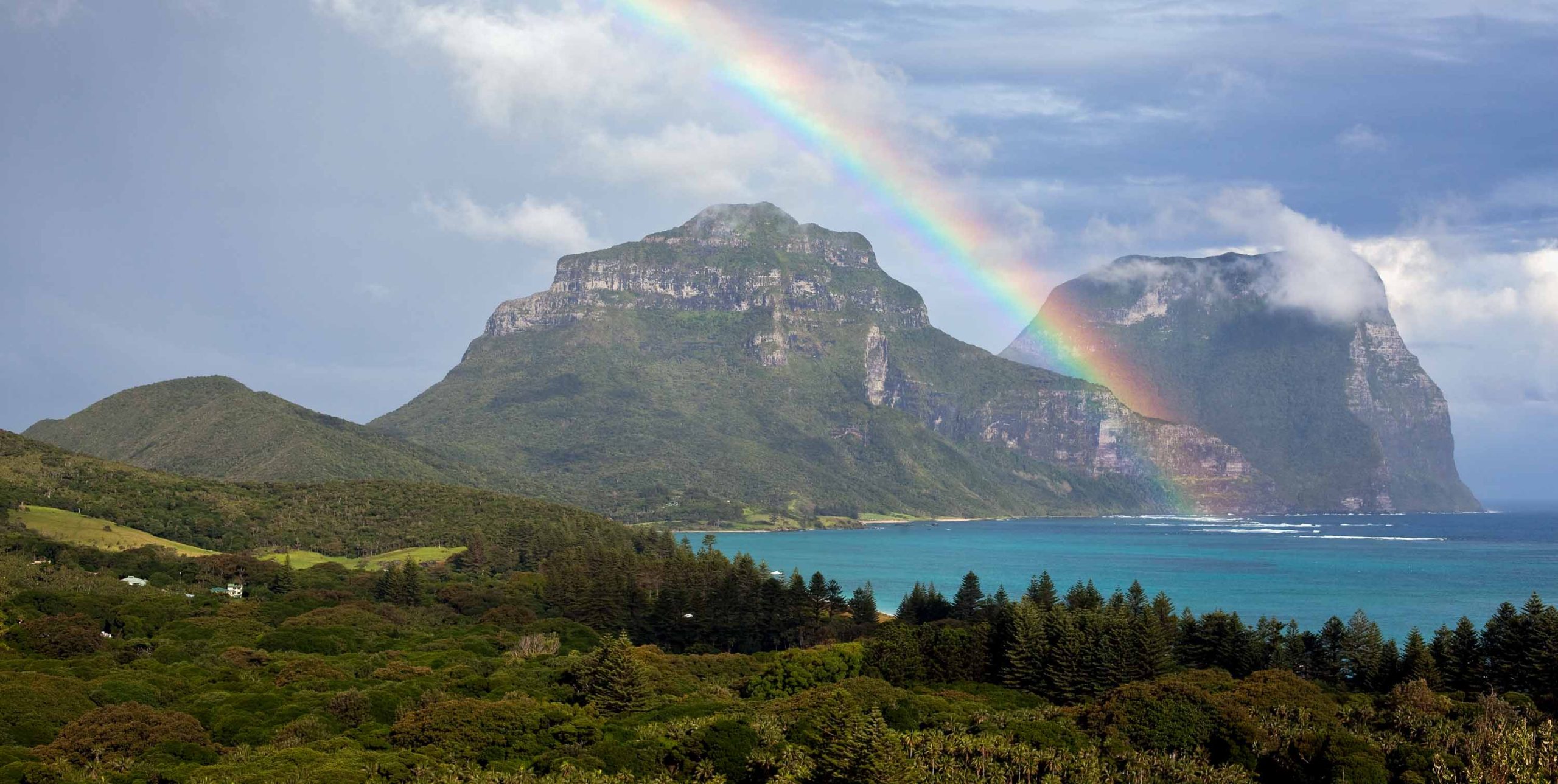“Our deep sea is where scientists are continually discovering new species,” adds Goddard. “Unfortunately, slow-growing deep sea corals and other rare and endemic species could be wiped out by bottom trawling before they’re even discovered.”
And the impacts of not ratifying the Treaty, according to Snow, will be felt well beyond the South Tasman Sea. “We already know that fish stocks are plummeting across the world, and that threats like climate change, industrial overfishing, and pollution are escalating,” she says.
“So protecting the high seas with the Global Ocean Treaty is more than just saying, ‘OK, we should protect this ocean because it’s beautiful’. It’s saying we must protect this ocean because it’s biologically important, it’s scientifically significant, and frankly, its protection is a matter of life or death for the ocean wildlife we love.”
And after experiencing a mere fraction of the Lord Howe Rise’s biodiversity for myself, protecting the vast, aquatic wilderness beyond the marine park certainly seems like a no-brainer to me.

